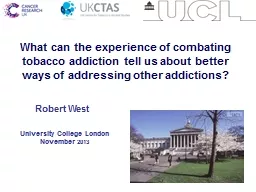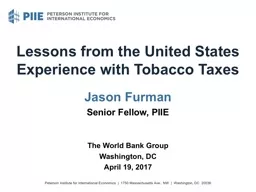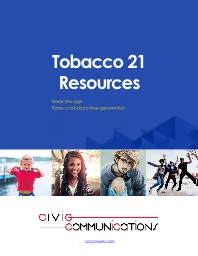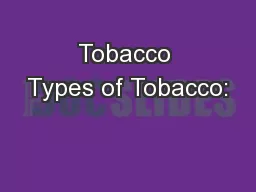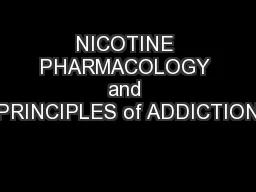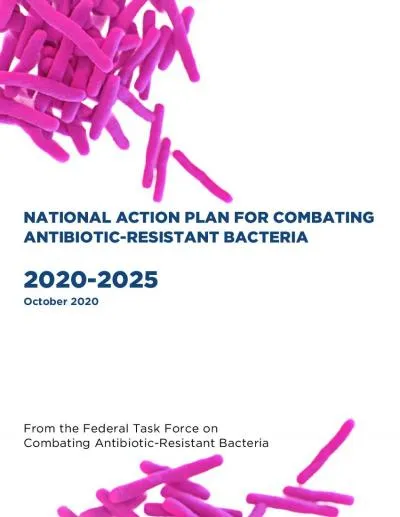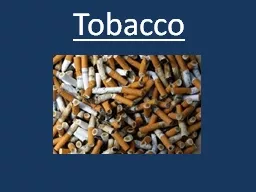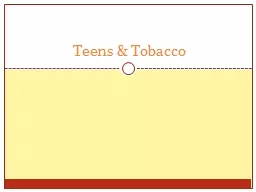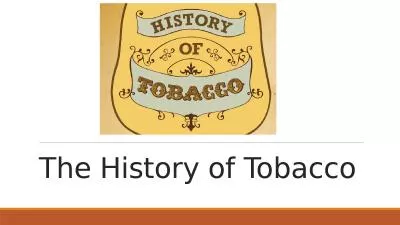PPT-1 What can the experience of combating tobacco addiction
Author : kittie-lecroy | Published Date : 2018-12-12
tell us about better ways of addressing other addictions University College London November 2013 Robert West Declaration of competing interest I undertake research
Presentation Embed Code
Download Presentation
Download Presentation The PPT/PDF document "1 What can the experience of combating t..." is the property of its rightful owner. Permission is granted to download and print the materials on this website for personal, non-commercial use only, and to display it on your personal computer provided you do not modify the materials and that you retain all copyright notices contained in the materials. By downloading content from our website, you accept the terms of this agreement.
1 What can the experience of combating tobacco addiction: Transcript
Download Rules Of Document
"1 What can the experience of combating tobacco addiction"The content belongs to its owner. You may download and print it for personal use, without modification, and keep all copyright notices. By downloading, you agree to these terms.
Related Documents

